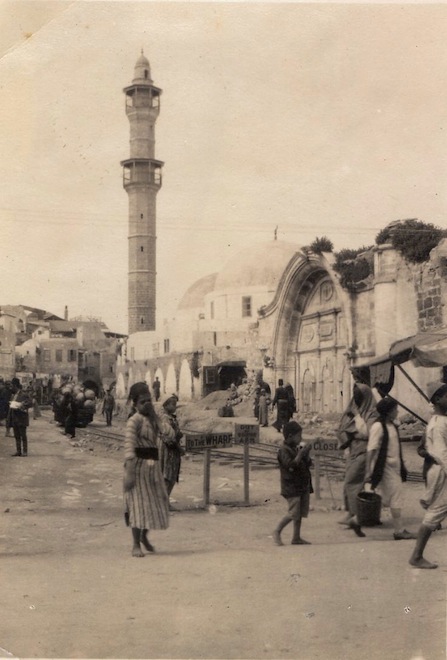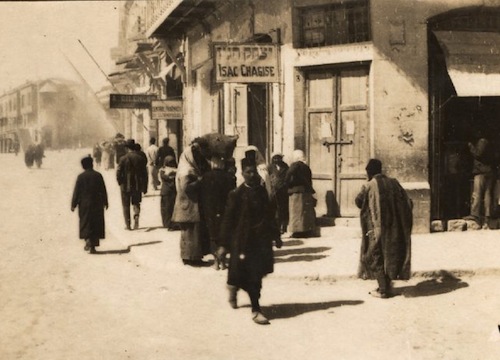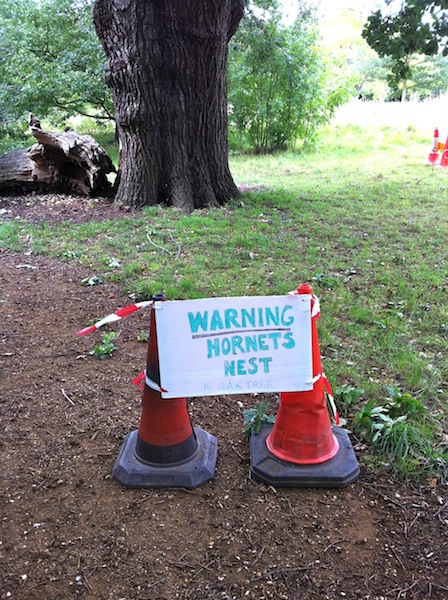As ever, this is just a selection of stuff I’ve posted since last time.
Here’s an enamel portrait pendant from the late C18th Iran (via the Met), a big version of which is my current iPhone lockscreen wallpaper. I probably ought to do a post about iPhone wallpapers some time.
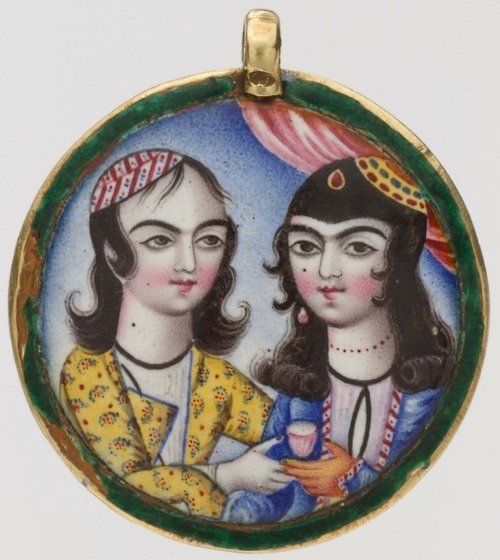
Also from the Met, some Egyptian stuff: a scarab, a perfume bottle in the shape of two trussed ducks, a hippopotamus figurine. And from the Caribbean, a Taino deity figure.
Some links:
— An eye-opening article about shamateurism and exploitation in US college sports. Eye-opening for this non-American, anyway.
— An interesting and slightly depressing description of what it’s like to write for the Daily Mail.
— Luke Harding’s account of what it’s like as a foreign reporter being harassed by the Russian security services.
— Some fascinating anecdotal evidence of arctic ravens cooperatively hunting for large prey.
— Amazing fossils that preserve the iridescent colours of ancient beetles.
— Reminiscences, and some brilliant old photos, from Max Lea MBE, a football referee in the East End of London.
Wildlife photos: an amazing spider; an amazing moth; a butterfly; a great bird photo; another one. The eye of a waterflea, which is just one of the remarkable entries from Nikon’s annual photomicrography competition.
Something I learned about from i heart photograph: nature printing (1, 2). Which is a technique predating photography that used the imprint of the physical plant to make the printing blocks. LIke this, from The Nature-Printed British Seaweeds, published 1860:
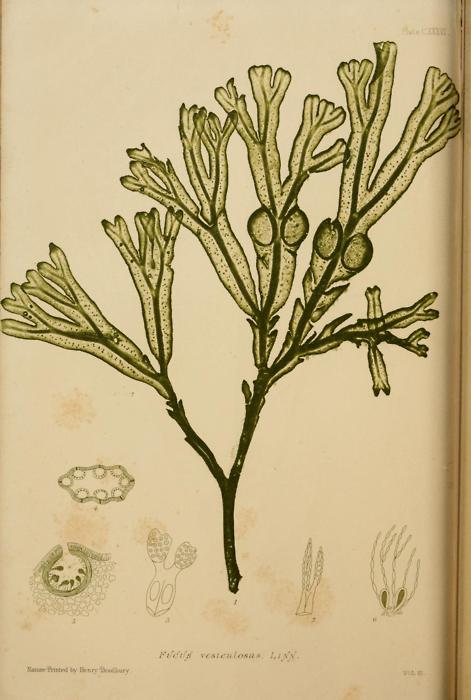
Some art: flowers by Odilon Redon — a Blue Morpho by Martin Johnson Heade — View of the Village by Jean-Frédéric Bazille — a scene from the Mahabharata — Three Ellipses for Three Locks by Felice Varini — Surprised Ducks by Félix Bracquemond.
Miscellanea: Tourmaline with Lepidolite and Cleavelandite — exploding crayons — a time-lapse film from the front of the space station — a whale balloon — Russian tentacles — an Albanian coat — a voodoo ceremony.



